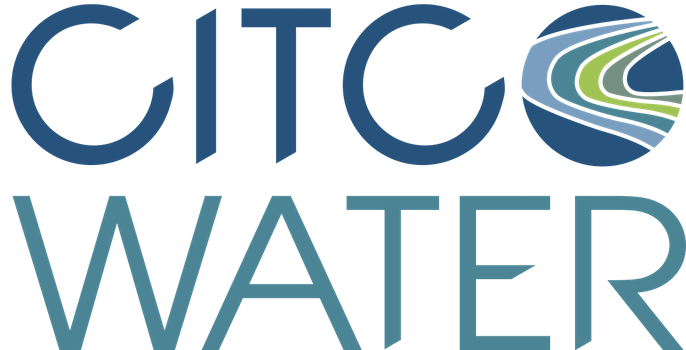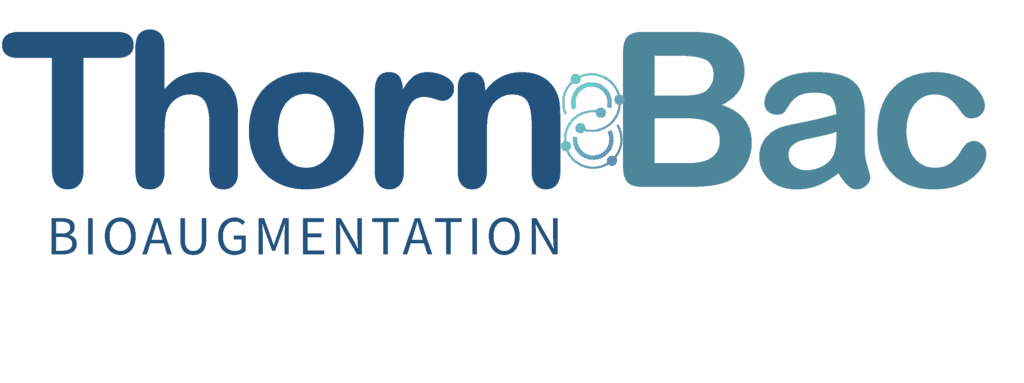Overview
Overview
CITCO Water technical consultants successfully reduced F.O.G. build up and related sewer odors in the municipal collection system utilizing ThornBac 900.
Location
Southeast U.S.
Market
-
 Odor Control
Odor Control
-
 Wastewater Treatment Solutions
Wastewater Treatment Solutions
Introduction
Introduction
F.O.G., or fats, oils and grease, accumulation in a municipal collection system lift station can be up to several feet thick causing serious issues for Utility personnel. This wastewater and F.O.G. matting can be difficult to remove and can cause lift stations to clog and shut down normal operation. When removed manually with Utility labor and by hand, the matting build-up usually comes back within a couple of days.
Examples of everyday uses that contribute to F.O.G. build up in lift stations:
- Cooking oil
- Grease
- Lard
- Shortening
- Salad dressing
- Butter
- Dairy products
- Condiments
Where do they come from?
F.O.G. will collect and build up to form matting in the sewer system when flushed or poured down residential drains/sinks/toilets and from commercial and industrial facilities. Wastewater matting due to F.O.G. will usually be at its worst just down line from large commercial areas that feature fast food restaurants and other businesses.
How can your Utility avoid it?
In short, it’s extremely difficult to avoid matting due to F.O.G. Utilities are often at the mercy of what their local communities and businesses flush and discard into the sewer system. Utilities have had short term success with marketing and PR campaigns that serve to educate the public on which items should never enter the wastewater stream. Unfortunately, it only takes a small handful of people to discard of these materials for your utility to have F.O.G. and matting issues.
Challenge
Challenge
The treatment objective at this problematic lift station in the Southeast U.S. was to reduce the amount of fats, oils and grease (F.O.G.) buildup. The buildups, or matting, caused blockages requiring frequent manual pump out of the lift station and operation problems with the floats and pumps. Complaints about odor from hydrogen sulfide were also common. Previous attempts to resolve the issue with other products and alternative chemistries failed.
CITCO Water was contacted by Utility personnel to come on site, assess the growing issue, and propose an effective treatment method.
The following data was obtained by CITCO Water technical consultants on the lift station in question:
- Wastewater flow: 40,000 – 65,000 GPD (152 – 246 m³/day)
- Proximity to contributors: downstream from 8 restaurants and additional businesses
- Lift station pump out by vacuum truck: 1 x monthly at over $500 in labor costs
- Infrastructure maintenance: frequent to maintain pumps and floats
Our Solution
Our Solution
ThornBac 900 – Microbial Fats, Oils and Grease Control, was immediately identified as the bacteria needed to help resolve this specific lift station application.
ThornBac 900 contains a novel blend of microbes and micronutrients specifically formulated to breakdown and digest fats, greases, olefins, and vegetable oils suspended in wastewater over time. ThornBac 900 works effectively in scum pits, lift stations, wet wells, flow equalization tanks, facultative lagoons/basins and aeration basins. The microbes produce a prolific amount of diverse enzymes that penetrate and process insoluble oils and fats under stressful environmental conditions. ThornBac 900 works under both aerobic and anoxic conditions over a wide wastewater temperature and pH range. It does not contain caustics or acids and will not harm pipes or wastewater treatment equipment.
The application of ThornBac 900 is based on wastewater flow rates, amount of F.O.G. build up, and several other wastewater conditions. Application of the bioaugmentation solution is made upstream of the wet well allowing for precise contact time.
Our Results
Our Results
Since utilizing ThornBac 900 – Microbial Fats, Oils and Grease Control at the problematic lift station, the customer has observed the following benefits:
- Water surface grease is maintained at a consistent and manageable level.
- Grease accumulation on walls and ladders rinses away easily.
- Pumps freely operate with visible reduction of grease in pump lines.
- Significant reduction of lift station odor.
- Significant reduction of labor and lift station maintenance.
- Safety concerns minimized.
ThornBac 900 is regularly added at smaller maintenance dosages to maintain lift station operation and performance.


